lightshow.js
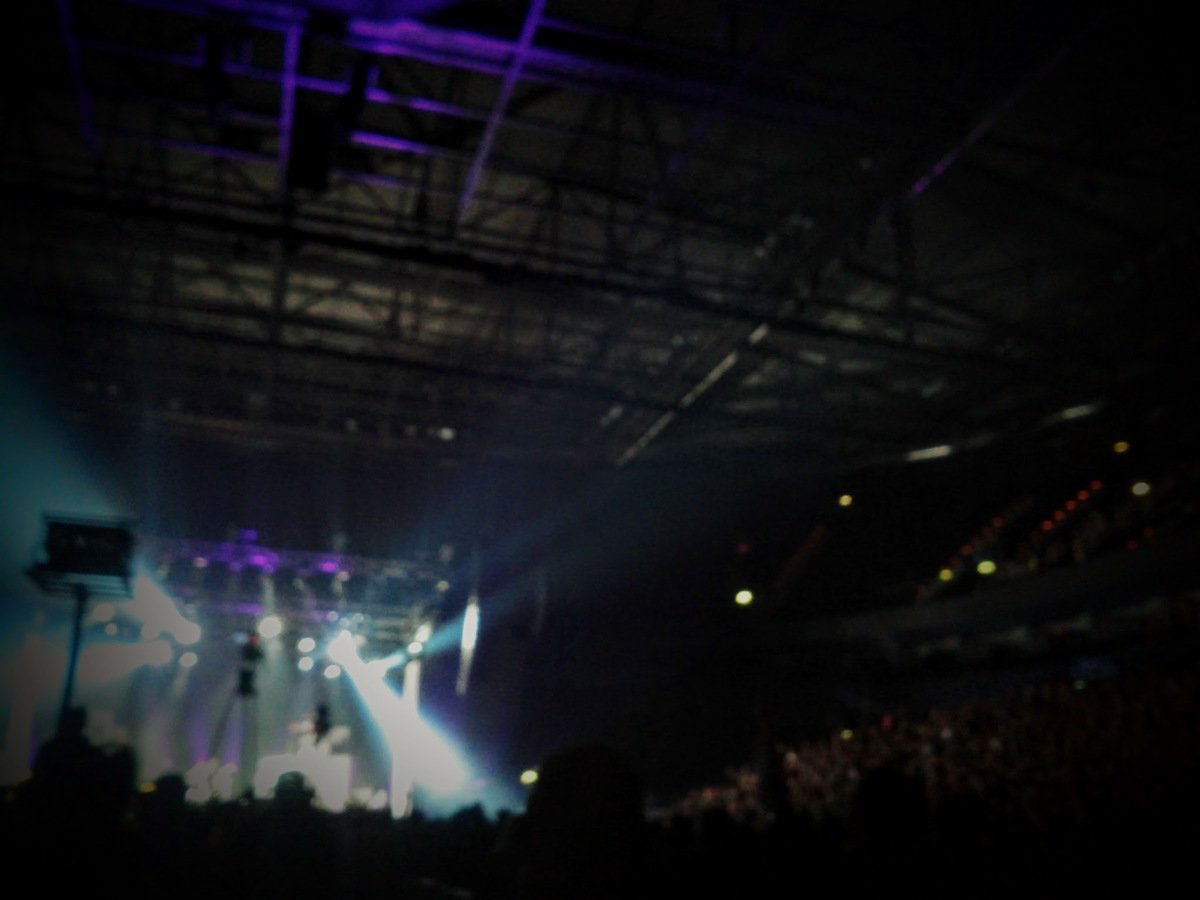
Martin Schuhfuss – @usefulthink

more precisely,
lightshow.css
lightshow.css
.front-truss .left-1 {
color: white;
brightness: 1;
animation: colorfade 10s infinite;
}
@keyframes colorfade {
from { brightness: .5; color: #e10079; }
to { brightness: .8; color: #051add; }
}everything* running in the browser
- one large css-file with made-up properties
- light-fixtures represented by DOM-nodes
- css-code is interpreted by the browser
- everything controlled via element-classnames
*(except the communication with the external interfaces)
WebMIDI controlling CSS
- every button controls a css-class
- triggers (on while pressed) or switches (press on/press off)
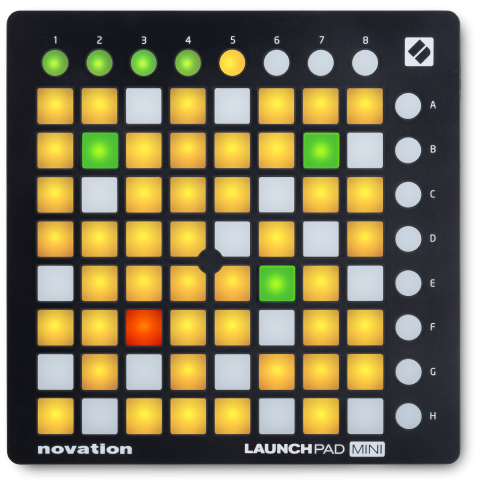
how?
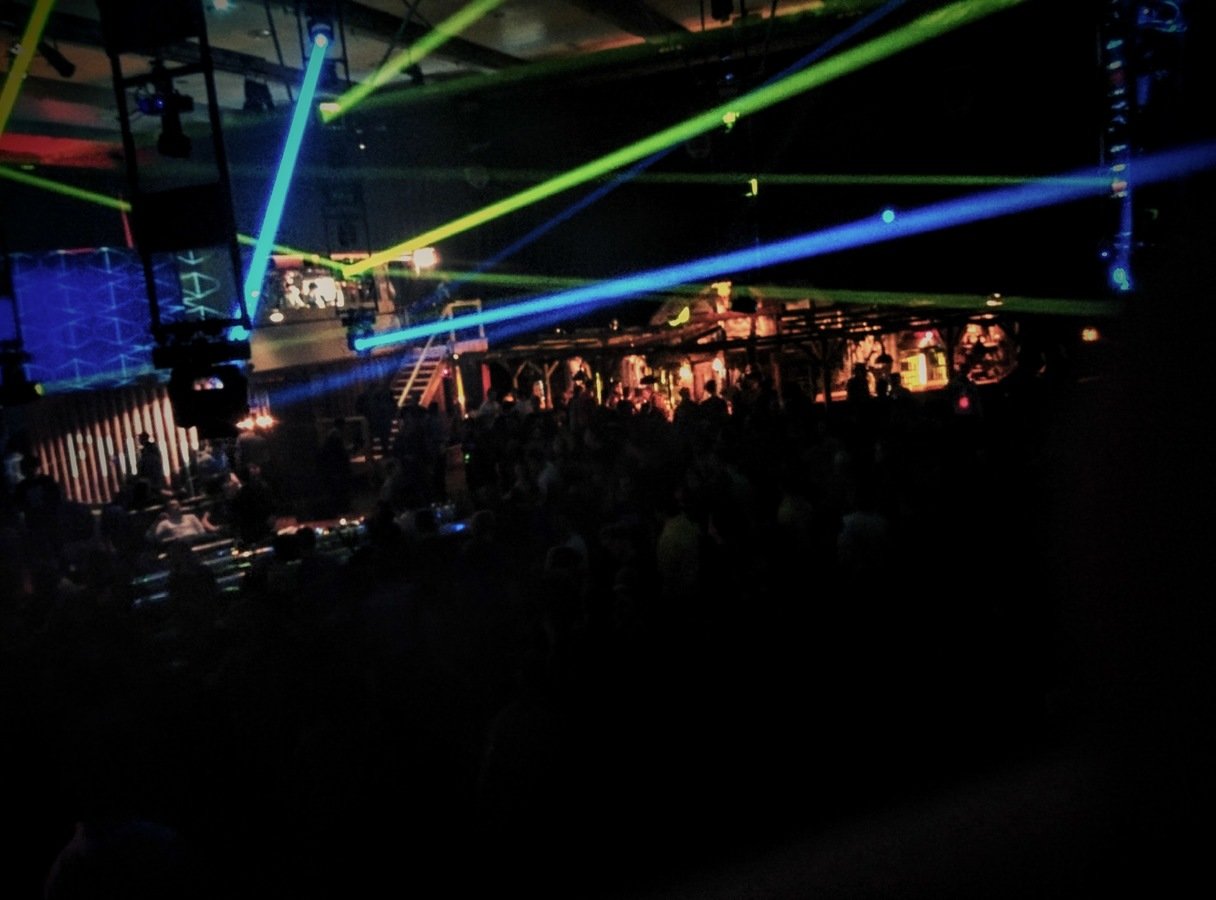
HTML
<device-root>
<device-group class="front-truss">
<device class="movinghead left-1"
type="quantum-profile"
channel="1:246"></device>
</device-group>
</device-root>turns out, browsers will just accept this as "HTML"
(might use real custom elements at some point)
CSS
.front-truss .left-1 {
color: white;
brightness: 1;
animation: colorfade 10s infinite;
}
@keyframes colorfade {
from { brightness: .5; color: #e10079; }
to { brightness: .8; color: #051add; }
}this still needs a bit of trickery, we'll get to that in a minute
add some JS...
const device = document.querySelector('device');
const channel = device.getAttribute('channel');
setInterval(() => {
const currStyle = getComputedStyle(device);
setLightControlValues(channel, {
color: currStyle.color,
brightness: currStyle.brightness
});
}, 33);DMX512
- serial protocol for professional lighting equipment
- data is sent at around 30 FPS
back to that CSS
.front-truss .left-1 {
color: white;
brightness: 1;
animation: colorfade 10s infinite;
}
@keyframes colorfade {
from { brightness: .5; color: #e10079; }
to { brightness: .8; color: #051add; }
}two problems with that
- we can't just make up CSS properties and expect them to just work.
.front-truss .left-1 {
color: white;
--brightness: 1;
animation: colorfade 10s infinite;
}
@keyframes colorfade {
from { --brightness: .5; color: #e10079; }
to { --brightness: .8; color: #051add; }
}but there are custom-properties:
two problems with that
we can't just make up CSS properties and expect them to just work- custom-properties + transitions/animations (currently) don't work in any browser
.lightpanel .x2.y1 {
--brightness: 1; left: 1px;
animation: colorfade 10s infinite;
}
@keyframes colorfade {
from {
--brightness: .5; left: .5px;
}
to {
--brightness: .8; left: .8px;
}
}but here's a workaround:
use a css-property that can be animated as a replacement.
the final solution
- parse lighting-CSS (using rework parser)
- AST-transform: custom-properties + fallbacks
- serialize CSS / inject into page
getComputedStyle()
- Animation-Frame: use to get final values for all parameters
- re-map fallback-properties to lighting properties
- send via DMX to devices
preparing a show...
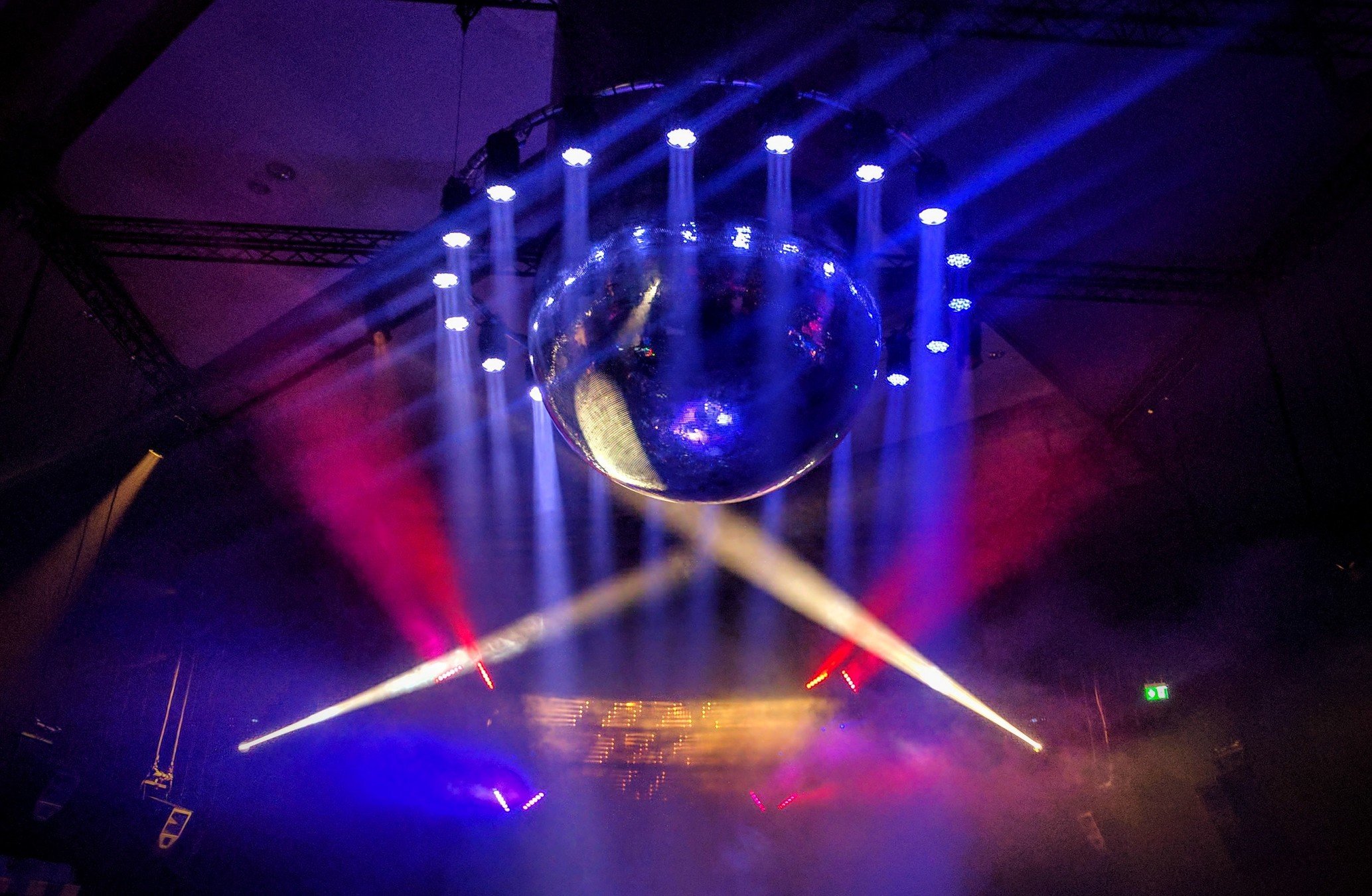
introducing: dmxpen
- live-editor for device-dom and light-css
- minimalistic pre-visualization using aframe
- the reason why i wanted everything to run in the browser


Code: https://github.com/beyondscreen/
Say hi: @usefulthink
coldfront-2017
By Martin Schuhfuss
coldfront-2017
- 1,597



